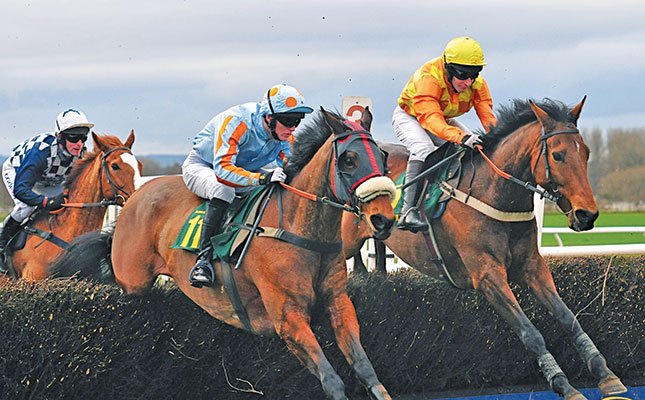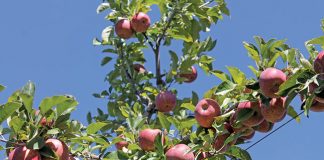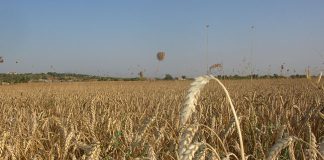
Photo: Wikimedia Commons
Heart disease in horses recently hit the news when Hickstead, a 15-year-old Dutch Warmblood showjumper, suddenly dropped dead after completing in a Grand Prix event in Verona, Italy. The cause of death was later determined to be an aortic rupture.
Like the human heart, the equine heart has four chambers (right atrium, right ventricle, left atrium, and left ventricle), with heart valves above and below each chamber. Blood is pumped from the veins into the lungs, where it is oxygenated, then back through the heart and aortic artery to the body. Any damage to the muscles or valves of the heart has a direct effect on the health and performance of the horse.
When you insure your horse, the veterinarian is asked to measure the heart rate before and after exercise and check for heart murmurs. This involves using a stethoscope, an instrument which magnifies the sounds of the heart and makes it possible to hear small differences in the speed and rhythm of the beating heart.
In general, a fit competition horse or racehorse will have a heart rate of approximately 30 beats/minute at rest. The highest heart rate recorded while galloping in a race has been 230 beats/ minute. During such extreme activity, the equine heart pumps about 250ℓ of blood every minute to supply oxygen to all of the horse’s muscles.
Diagnosis of heart problems is related to the regularity and speed of heartbeats, as well as the sound it makes as blood is pumped through each of the valves. Conduction of the nerve impulses that control the heart muscles are measured using an electrocardiograph.
Ultrasound can also be used to visualise and listen to the functionality of each valve, while X-rays can show the size and shape of the heart muscles.
Health and fitness
Most athletes understand that their own heart rate is an important part of fitness and heart health. A fit jumper, eventer or endurance horse’s heart rate may go up to about 60 beats/minute after a workout, and should return to normal within about 10 minutes.
You can purchase a cheap stethoscope and monitor this yourself, and then design an exercise and fitness programme to increase your horse’s athletic potential.
There are also sophisticated heart monitors available for racehorses that can be attached to the horse while training to constantly monitor its heart rate and regularity compared with its running speed while galloping, for example. More recently, riders are using these to monitor and increase fitness in endurance horses, jumpers and eventers.
Infectious diseases that have a severe effect on heart rate and regularity in South Africa include biliary, African horse sickness and West Nile fever. Heart murmurs are related mainly to anaemia, and associated with Babesia caballi, Theileria equi and Ehrlichia equi infections, heavy worm burdens or poor nutrition.
Unfit horses or horses exercising in extreme heat may have a very rapid heart rate. Heart rate may also increase if the horse has a fever with a rectal temperature of 40°C. Several poisons, such as monensin in feed, and certain toxic plants (ragwort and oleander) can also cause heart damage and slow the horse’s heart rate.
Rupture of the aorta can be a result of a congenital aneurism. It is also seen in older breeding stallions. Other causes are copper deficiency and migrating parasites that damage the walls of the artery.
This highlights the need for regular faecal counts for parasite eggs. Strongylus worms migrate through the blood vessels, and also damage arteries and veins in the intestines, resulting in fatal colic.
Dr Mac is an academic, a practising equine veterinarian and a stud owner.











